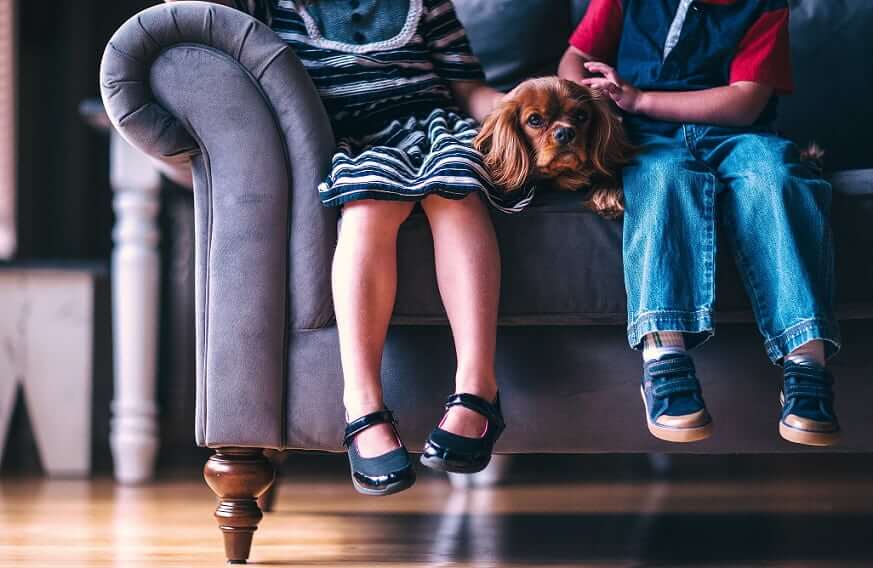Talk With Dogs
In terms of communicating with dogs, we prefer to use the term talk with dogs instead of “commands”. No one is expecting that we will be teaching commands to the dog with the intent of taking him to the circus or training him as a soldier. Our goal in teaching him commands is to create a better bond between us and to achieve a balanced relationship with him.
Classical Conditioning
When you pick up your dog’s bowl, you will see that this action excites your pet because it knows it’s mealtime. This reaction is called classical conditioning or automatic learning, where a neutral action is paired with stimuli to generate a specific response. Because of this, dogs drool whenever they notice their owner approaching the food bowl, because they learn that the food bowl corresponds to food coming.

Operant Conditioning
Reinforcement to connect willful behavior to systematic results. In operant conditioning, you employ a reward/punishment system and learn to do things based on consequences. For example, the dog learns to give a paw to its owner and receives a treat in return. Whenever the dog exhibits a behavior that is followed by positive reinforcement, it is most likely that the dog will repeat this behavior in the future.
Positive Reinforcement
The goal of positive reinforcement is to achieve the desired behavior by using rewards or praises. For example, if the dog urinates in the proper spot or does not make a mess, then you give that dog a treat or pet him and call him a “good boy”
Negative Reinforcement
It is still our goal to increase a certain behavior when we take away something or provide an aversive action. One example is to get a dog to enter the kennel, you can open the sprinklers in the grass, which will ultimately result in him entering the kennel on his own.
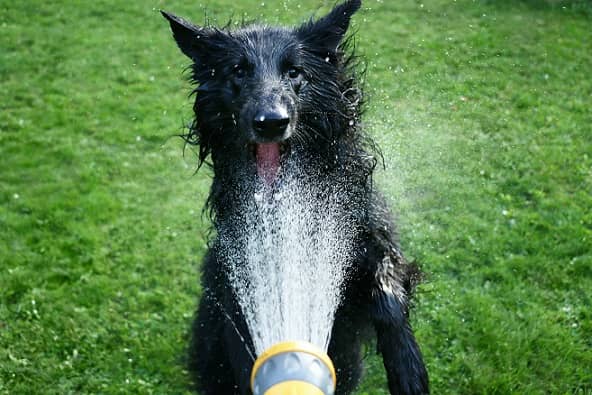
Correction
Please note that there is a big difference between correcting bad behavior and punishing your dog for it, as punishment is meant to eradicate behavior.
The dog should divert from his way to the way desired by the leader. Your aim should be to change your dog’s behavior by presenting it with an alternative. When using positive techniques, we will use corrections more than punishments. Unlike punishment, correction teaches the dog an alternative behavior that is less undesirable. For instance, if your dog is always biting off your rubber slippers, you are punishing your dog when you lock it up temporarily or, worse, spank it. It would be better to handle the situation by storing your footwear away from its reach or showing him his chew toys instead.
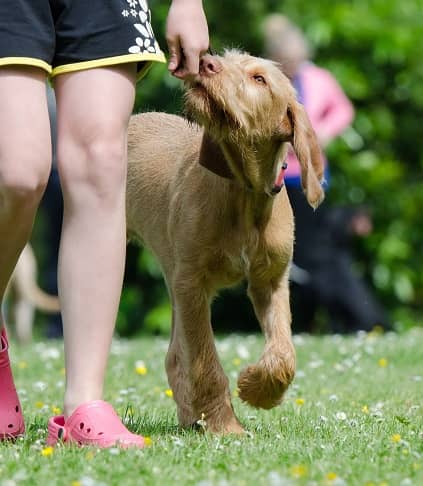
Sit
A dog’s default body language is to sit when it is trained. This is why the dog must understand both the word and body language associated with the command. Your dog is most likely to catch on, or in any case, make sure it gets it. You can generally instruct your dog to sit by following these steps:
- Hold a treat near your dog’s nose.
- Slightly move your hands up, his head will follow the treat & his bottom will fall.
- When he’s sitting down, say “Sit,” grant him the treat, & show him some love.
- Make sure to repeat this a few times each day.
Free / Okay / Release
When your dog no longer occupies your immediate attention, you should release him by gently tapping his side when the word is given out.
Stay
For the “Stay” command, you can also vary the accompanying actions so that your dog can truly understand what it means. It’s very important to get the dog to sit still and not move as part of rejecting gratifications and it has to be done gradually. There are six steps to learning this command:
Start by telling your dog to “Sit.”
Take a step back. If he stays, praise him with a treat.
- Keeping straight lines while walking.
- Walking in a slanting manner.
- Test its obedience by breaking eye contact and looking away. See if it doesn't budge.
- Walking in semicircles around the dog.
- make full circles around him.
- Disappear briefly and check afterward.

Keep repeating each step gradually until your dog stays in place.
You’ll need to go back to your pup so it can distinguish “stay” from the “come” command.
Keep in mind that this is just a body exercise in self-control for the dogs. It may take some time for puppies and dogs with a lot of energy to learn, but don’t be discouraged if it doesn’t work right away. After all, many dogs love to move around rather than just stay still and wait for something to happen.
Bon Appetit!
This is one of the assertions that is associated with rejecting gratification. This isn’t about good table manners, but about controlling the dog’s instincts. The dogs must learn that they will only eat when the leader decides, and not when they choose. The dog will be fed a meal only after the owner marks him “Bon Appetit” after learning the commands “Stay” and “Sit”.

Come
Your dog is sniffing other people who may not be comfortable with? Lose your grip on the leash? Or forget to close the front door? These are some examples of why you should practice this technique with a leash first.
To succeed in this mission, positive leadership is a necessity. It is essential that a dog comes when I call him as part of controlling him. If the dog does not come when called, it is wrong to be angry with him. It would be better to leave him with a positive linking memory of our encounter. This will make him think of us as the best thing he has ever experienced.
Giving the dog treats when he comes, but not expecting them, is the most effective way to build this trust.

Down
A dog’s willingness to lay down beside me when I give the command “Down” is a sign of devotion. This expression of devotion is a symbol of our conversion. Dogs must follow this commancarriesed on understanding rather than fear.
There are two ways to go about doing this, literally and figuratively:
Normal Down
You can achieve this by using the proper body language and a confident tone.
The body language reflects the luring steps:
1) Close your fist with food that smells delicious and say “Sit”.
2) Your hand should be below your dog’s snout.
3) Lower your fist as you lure his nose between his front paws.
3) To help him, slide your hands along the floor in front of him. This will help him to move his body
4. If he lifts his bottom, ignore it and ask him to sit again.
5) When he’s made it say “Down,” grant him the treat, & show him some love.
Repeat…
Psychological Down
While staring directly into the dog’s eyes, we stand with our hands behind our backs. Basically, The dog sees this gesture as a call for submission without you having to spew any command or additional action. It is possible for us to get the dog’s attention by calling his name if he tries to avoid it.
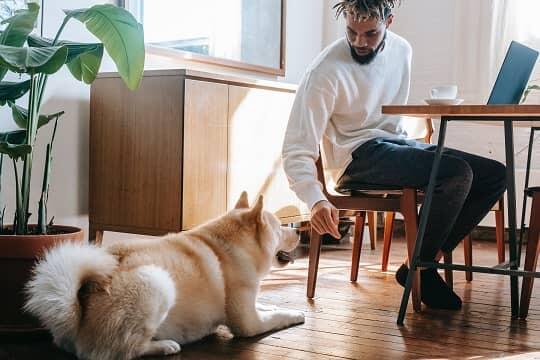
Go To Place
Here, you tell the dog to go to its place, spot, or crate, which is fairly easy to teach. However, try to associate it with something positive instead of telling it as a punishment or a deterrent. Also, we should not forget to drain his energy when necessary.
Passing Doors
Being the pack leader to your dog involves sending the right dominance and authority signals. One such signal is and/or first.
As part of the restraint process, we must make sure that every time we open the door of the house or the gate of the garden, our dog waits for us to pass first before he passes. The canine perception is that, as soon as we pass first in any passage, we are strengthened as leaders.
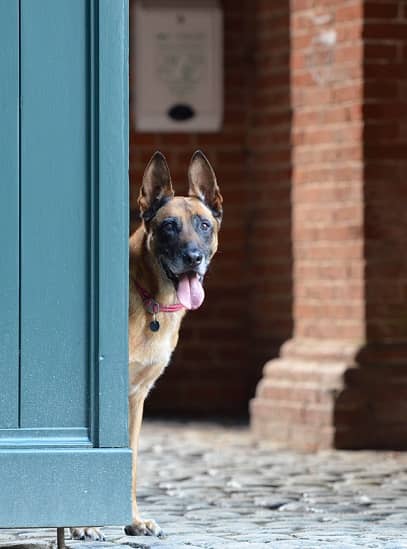
Walking Habits \ Heel
Our walks with our dogs must not turn into a nightmare or hurt our shoulders. You don’t want your dog dragging you with its leash and deciding where it wants to wander…
The dog should know how to behave while tied to a leash. Distinguish normal walking from “heel” walking. Based upon the breed, character, and size of the dog, we may choose to teach basic walking habits or the “Heel” command. When we teach your dog basic walking habits, he will learn not to pull and to sit next to you when you want it. When we teach “Heel”, we will instruct the dog to walk in line with us (usually on the left side), with his head near our knee. It will sit beside us automatically when we stop.
Hold its leash by your right hand as you position the dog on your left side.

Specials
As you probably know, you can teach your dog even more tricks that will widen its knowledge and capabilities. These include rolling over, turning to its side, jumping over an obstacle, searching for objects, switching the light on, and other commands that make it a well-rounded and more communicative dog.
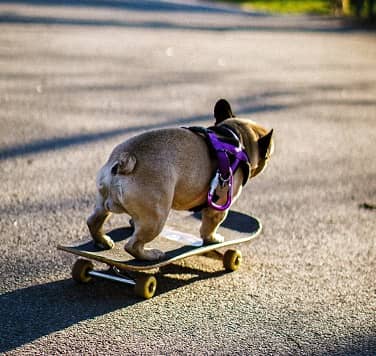
Are you ready to test yourself?
The quiz below is one of five, if you pass it, you will receive part of the password for the final quiz. All five tests must be passed in order to attach the password and gain access.
Check our latest posts
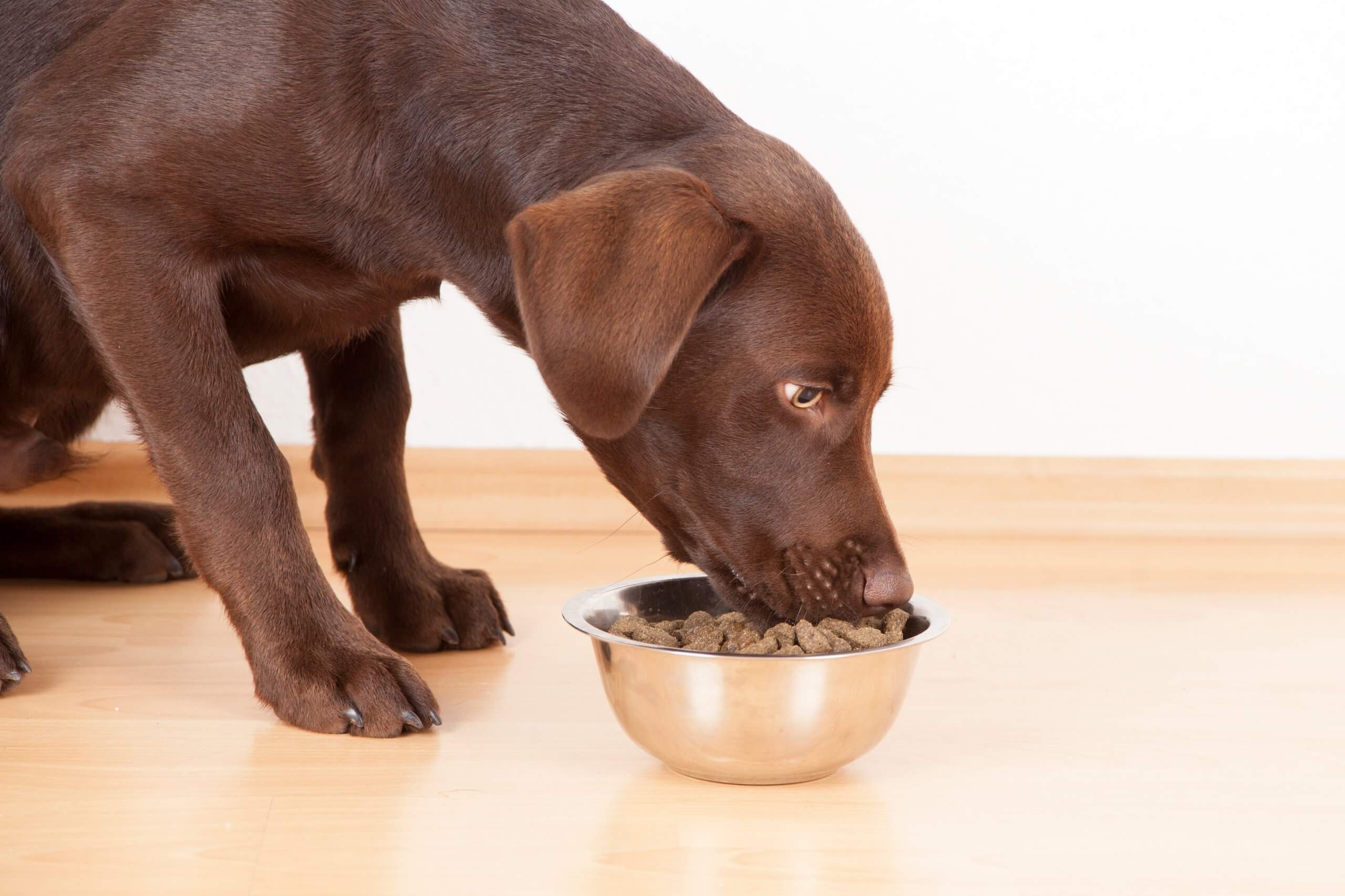
What Sauce Can I Add To Dog Food?
Gravy and broths are also fantastic dog food sauce options. Again, as long as there are no salt, onion, or other additives, these are acceptable.
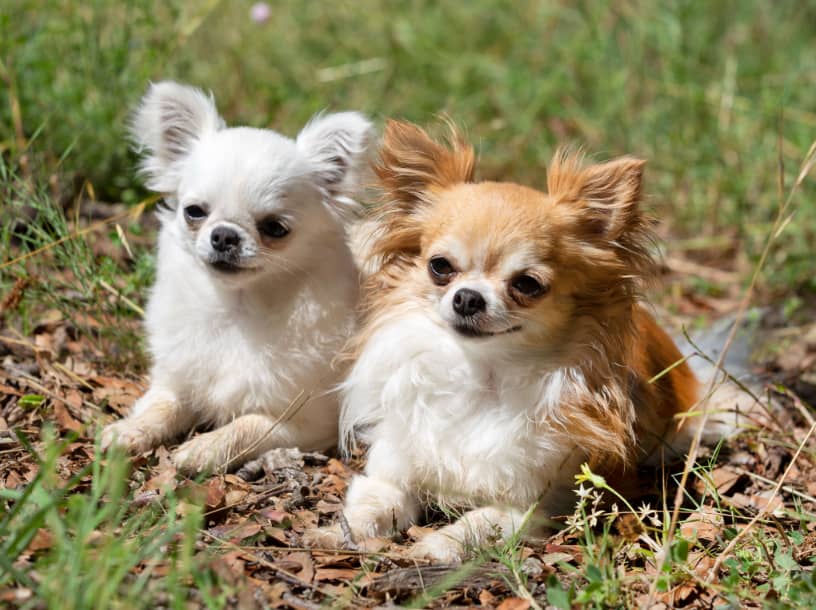
Dog Facts: The Chihuahua
The Chihuahua has a long and interesting history. What’s the story behind it? The following is a bit of an introduction to the history and facts of this small but mighty dog!

How To Socialize An Aggressive Dog?
Are you having trouble socializing your aggressive dog? Dog behaviour issues are prevalent, but they can be readily resolved. Because their dogs are demonstrating these types of hostile tendencies, many owners seek the advice of a professional trainer on how to socialize an aggressive dog.

